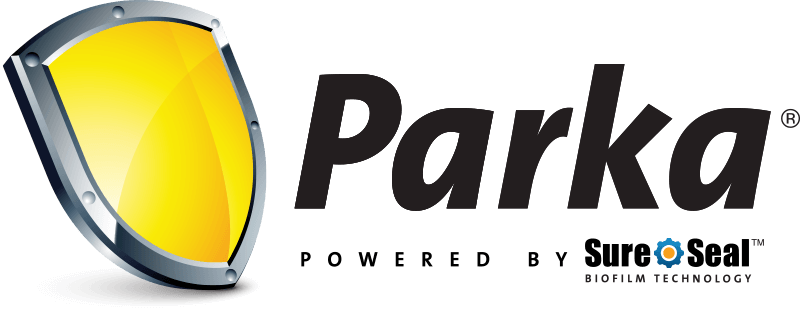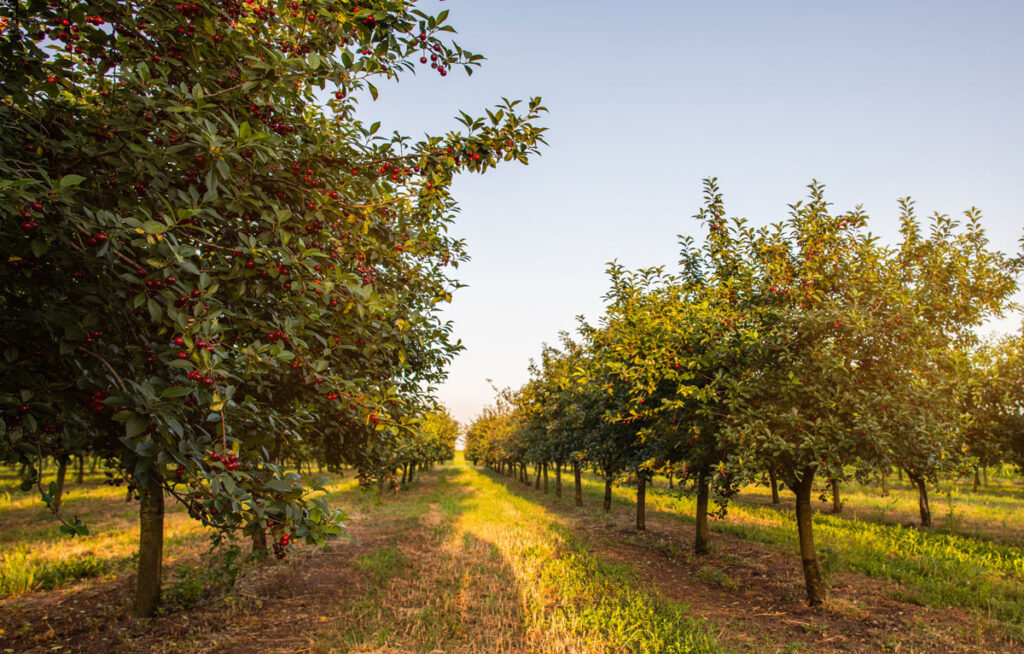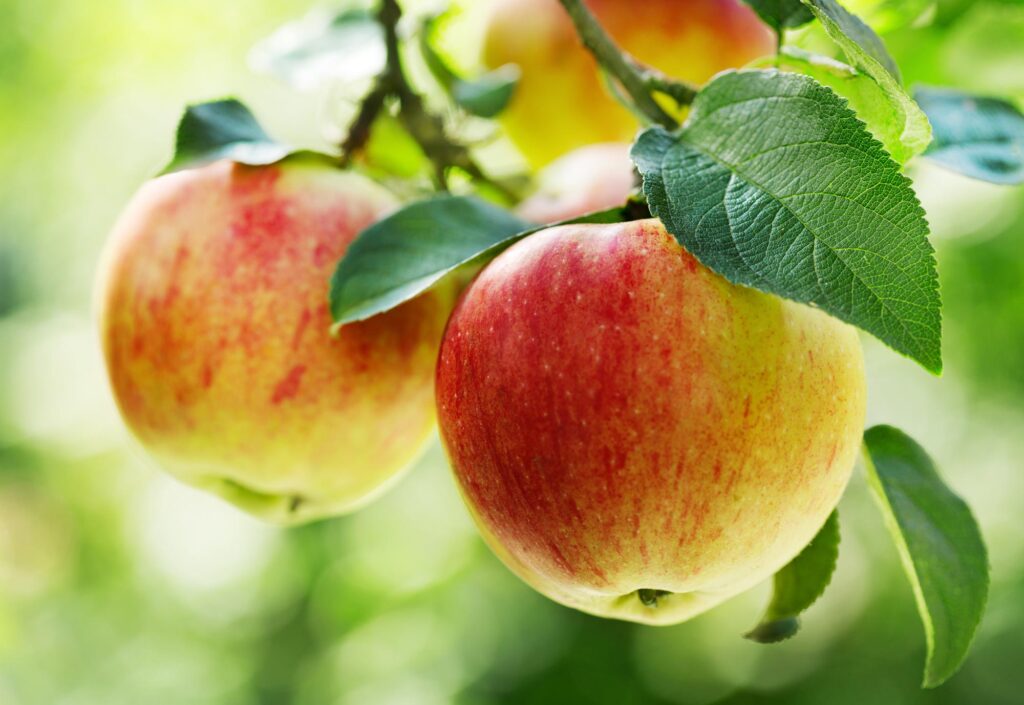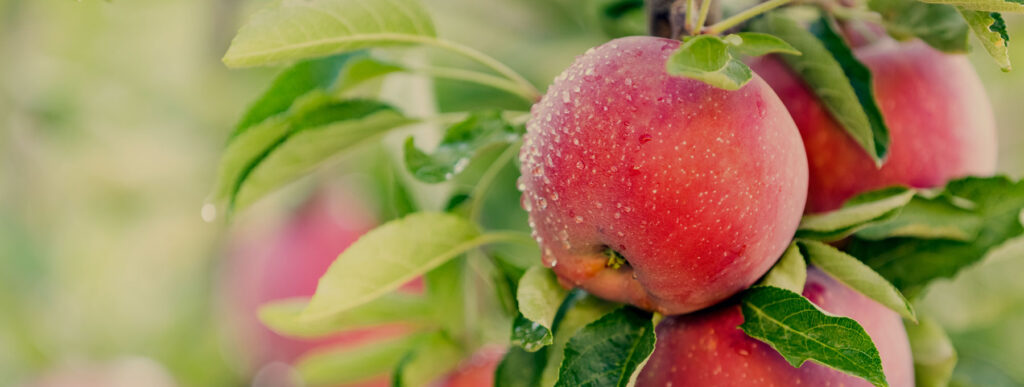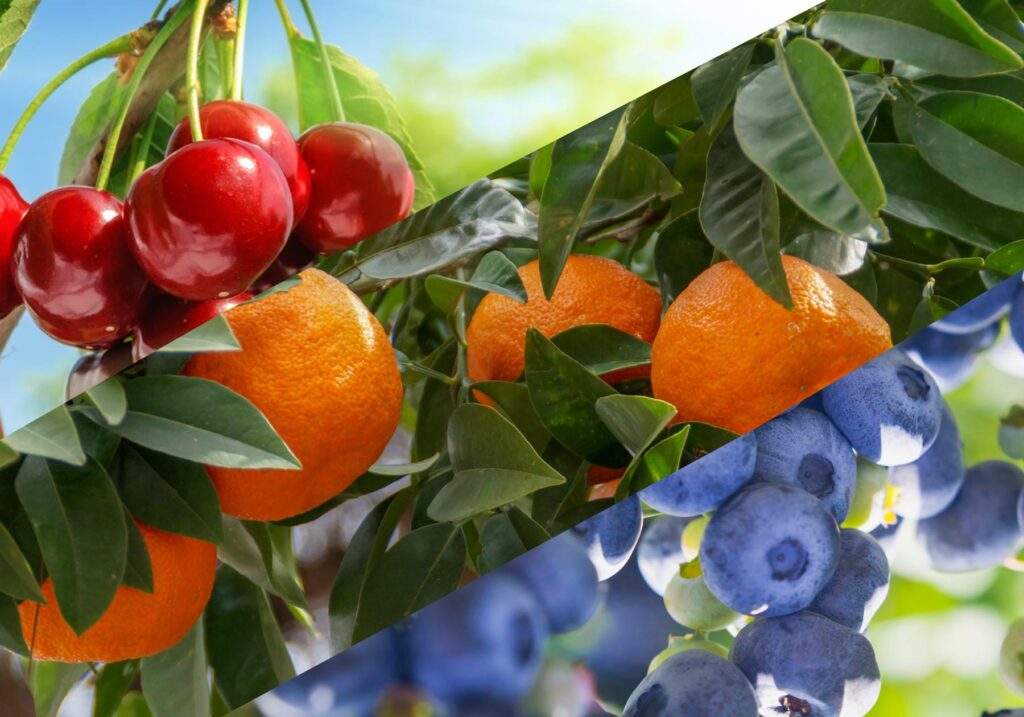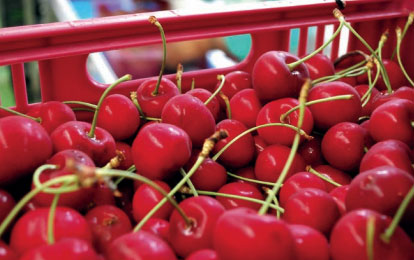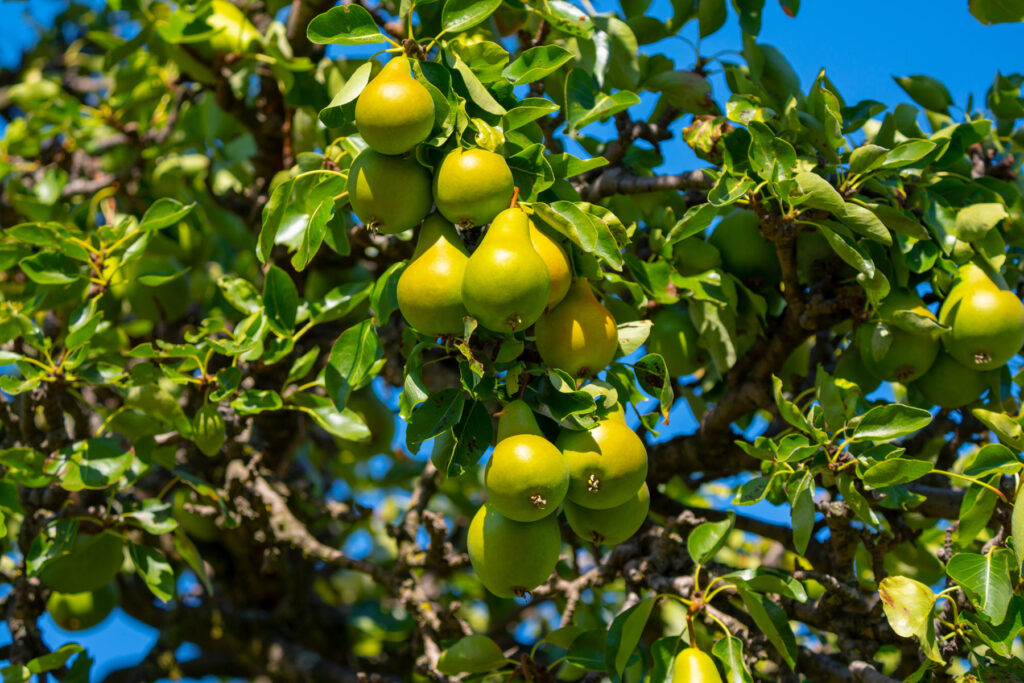Relax with the Right Apple Protection
Sun and heat are necessary for the growing process but too much of a good thing can be a problem. Excess light energy can overwhelm the light absorption capacity of a plant, exceeding its photosynthesis ability. When combined with high temperatures, this is where sunburn occurs. Strengthening the fruit cuticle provides the extra protection needed to help apples stay cool throughout the growing season.
Parka is an excellent plant health solution proven to fortify the fruit cuticle, which helps to minimize sunburn incidence by 44%. It increases stress tolerance in apples by enhancing antioxidant capacity as well as the amount of chlorophyll and pheophytin, both essential tools needed to manage light energy during photosynthesis. This allows the fruit to focus excess light energy on growth when conditions arise that typically result in sunburn damage. Supplementing the cuticle with Parka gives you increased fruit quality and marketable yields.
Why Use Parka on Apples?
- Minimizes sunburn.
- Helps prevent damage to epidermal cells that cause russeting and physiological disorders like lenticel infection and stem bowl cracking.
- Increases plant tolerance to environmental extremes.
- Improves overall tree health.
- Leaves no residue on apples or equipment, facilitating and improving color picking and detection of defects.
- Maximizes fruit finish and quality.
Download Resources
How to Use Parka in a Program
Apply Parka at fruit set. Reapply every 21 days.
Want More Information on Parka?
Send us a message. Be sure to ask your retailer about how to include it in your crop protection program.
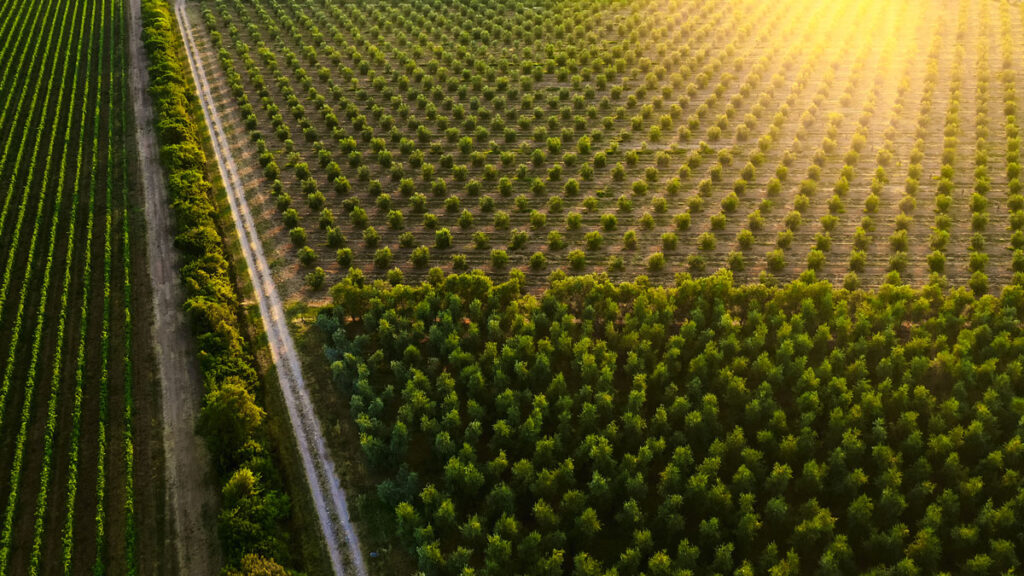
FAQs
Sunburn is caused by excess solar radiation and heat. Too much light energy can overwhelm the light absorption capacity of fruit by exceeding its photosynthetic ability. Heat exacerbates the problem, and in some cases is the sole cause of it. Sunburn can be classified into three types:
Sunburn necrosis is when fruit tissue dies due to excessive heat – when the temperature of the fruit surface is greater than 126°F. This can happen even when the ambient temperature is just 90°F, since the fruit surface can be up to 30°F hotter than the air.
Sunburn browning is the most prevalent, and thus the most costly type of sunburn. It is causes cell membrane degradation and is a function of both light and temperature. It occurs when the fruit surface temperature is between 114°F-120°F and is exposed to UV radiation for approximately one hour. The degradation can continue through post-harvest storage, causing “storage” sunburn.
Photo-oxidative sunburn occurs when young fruit (or foliage) that has not been acclimated gradually is suddenly exposed to intense light. This type of damage can occur at low temperatures, and affected areas appear as bleached spots that turn dark over time.
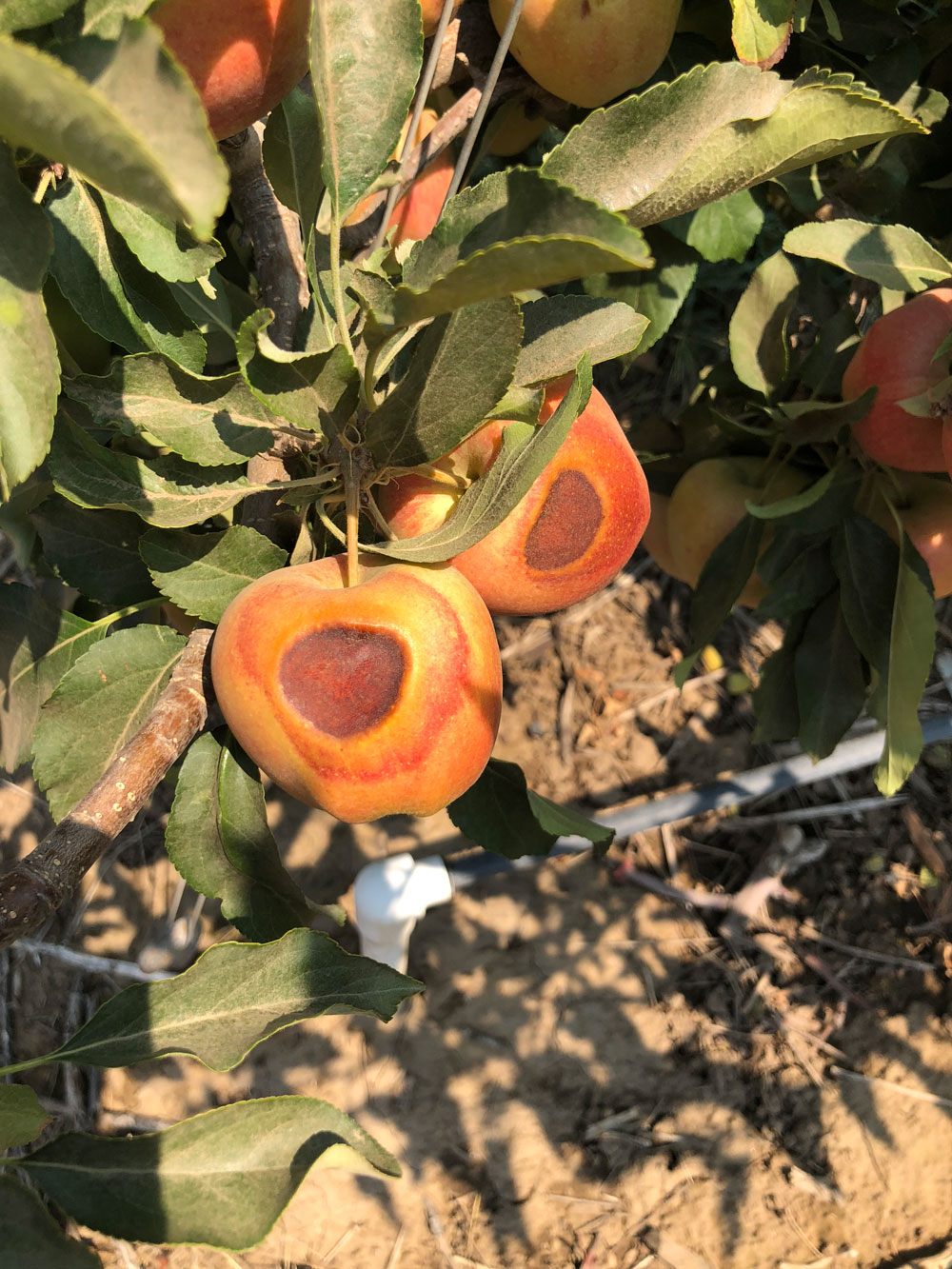
Chlorophyll captures the energy from the sun in the first phase of photosynthesis (the PSII complex) which is used to split a water molecule. The “excited” electron released from this splitting is received by a molecule called pheophytin and is used in the rest of the photosynthetic process. Both chlorophyll and pheophytin are necessary tools plant cells need to deal with energy from the sun. Parka-treated trees have been shown to contain higher concentration of both components in leaves and fruits, which means the cells have a better capability to use the excess light energy for photosynthesis instead of allowing it to cause photo-oxidative damage.
Parka-treated trees also have an improved overall tree performance, exhibiting improved transpiration rates, CO2 exchange and stomatal conductance. This suggests trees treated with Parka have better resistance to stress conditions and are able to yield more and better quality fruit.
Growers like Parka for its for its efficacy in sunburn protection in apples. It is grower-friendly in other significant ways, as well, particularly its flexibility in tank mixing. Parka can be tank mixed with a wide variety of other foliar inputs, including both fertilizers and pesticides, saving the cost of an additional pass in the field. Harvest crews like Parka, because it does not have the white residue that can be an irritant during picking. Finally, Parka’s exemption from maximum residue levels and a zero worker reentry interval allow growers maximum flexibility.

